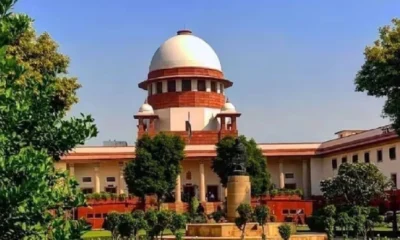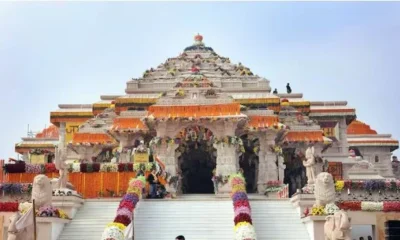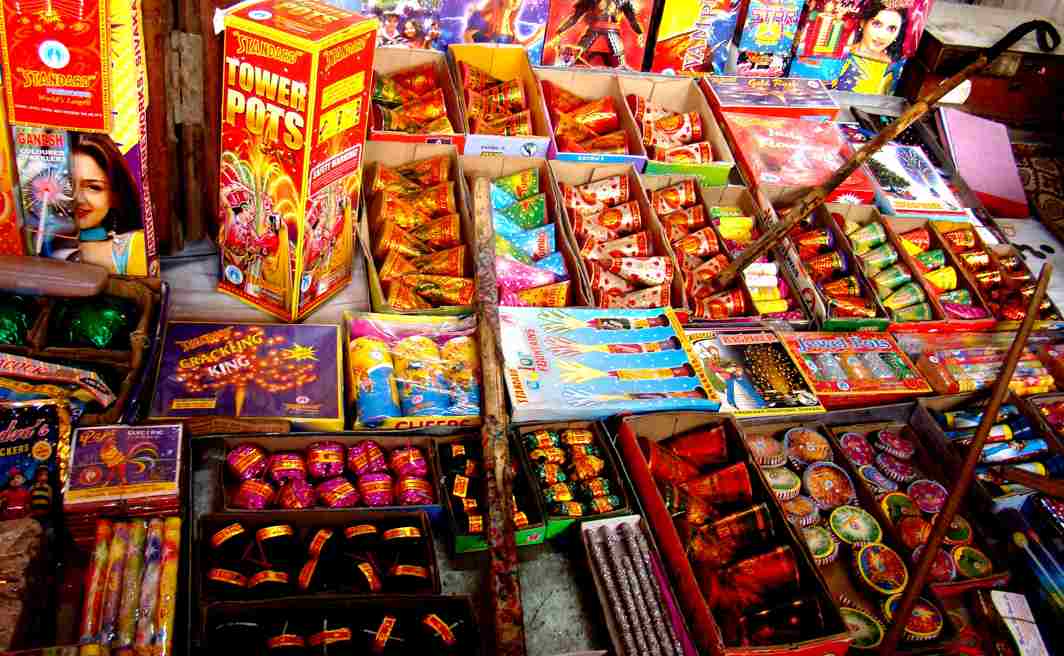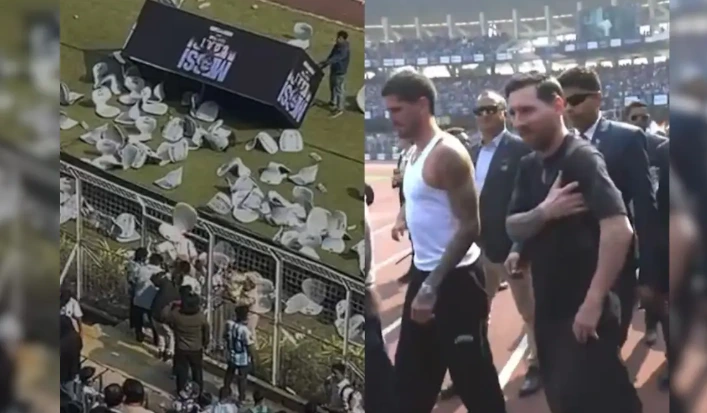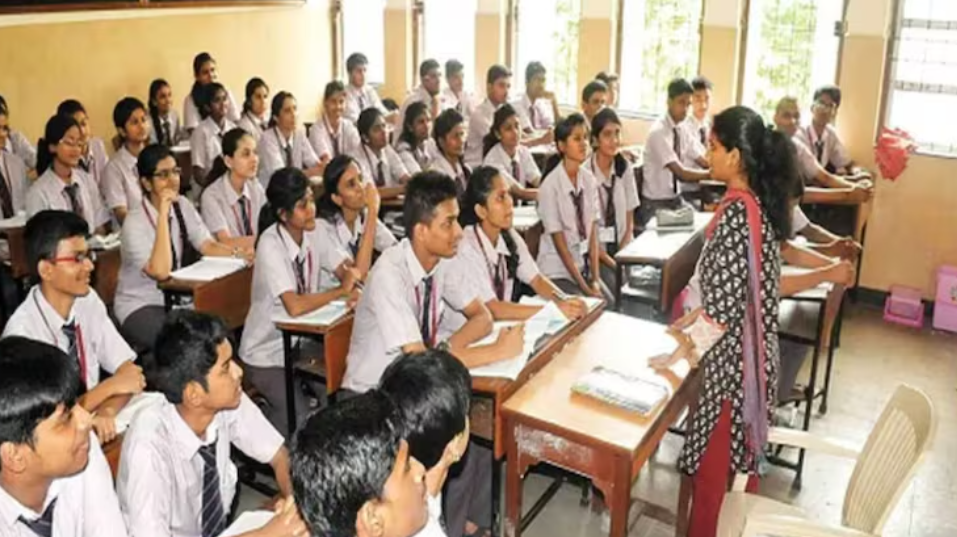[vc_row][vc_column][vc_column_text]
Justices SA Bobde and DY Chandrachud differ in open court on whether mediation outcome will be binding on the community at large
The Supreme Court tiday (Wednesday, March 6) reserved its order on whether the politically-sensitive Ram Janmabhoomi-Babri Masjid title dispute land dispute can be settled through court-monitored mediation.
A five-judge Constitution Bench headed by Chief Justice Ranjan Gogoi and also comprising Justices SA Bobde, DY Chandrachud, Ashok Bhushan and S Abdul Nazeer heard submissions from various Hindu and Muslim bodies involved in the matter.
The Bench had, on February 26, indicated its desire for sending the dispute for court-monitored mediation.
The Bench said the case was not only about property but also about sentiment and faith. “It is not only about property. It is about mind, heart and healing, if possible,” it added. “We are not concerned about what Mughal ruler Babar had done and what happened after. We can go into what exists in the present moment,” the Bench said.
The top court had asked the contesting parties to explore the possibility of amicably settling the decades-old dispute through mediation, saying it may help in “healing relations.”
As many as 14 appeals have been filed in the top court against the 2010 Allahabad High Court judgment, delivered in four civil suits, that the 2.77-acre land in Ayodhya be partitioned equally among the three parties — the Sunni Waqf Board, the Nirmohi Akhara, and Ram Lalla.
The highlight of today’s proceedings, however, was the gentle sparring between Justices Bobde and Chandrachud who clearly appeared divided on whether an outcome achieved through mediation will be binding on the communities (Hindu and Muslim) at large or just to the petitioners in the case.
As the proceedings commenced, counsel for some of the Hindu parties in the case submitted before the Bench that there was “no question of a compromise” through a mediation process and any outcome of such an effort will not be agreeable to the public at large. They added that even if the court was desirous of sending the Babri Masjid-Ram Janmabhoomi title suit into mediation once again, a public notice to the effect will first need to be issued inviting views.
Justice Bobde, who during the last hearing in the case had surprised all parties in the suit by suggesting a renewed effort for arbitration, stood his ground and said “it is not fair to pre-judge the issue and say mediation will be a failure even before it begins… This is a dispute about sentiments, about faith.”
Reiterating his earlier stance that the court views the suit as a way of “healing relationships” and “not just a property dispute”, Justice Bobde said: “It is about mind, heart and healing relationships. We are also conscious of gravity of the issue and its impact on the body politic. Don’t think you (counsels objecting to the mediation process) have more faith than us.”
Senior advocate Rajeev Dhavan, appearing for one of the key Muslim petitioners in the case, informed the court that he was open to a court-monitored mediation and added that “consent of all parties isn’t a requirement to order mediation.” Dhavan added that “only arbitration and not any other alternate dispute resolution needs consent”.
Justice Bobde reiterated that if the court does indeed invoke Section 89 of the Code of Civil Procedure to order mediation, “maintaining confidentiality of the process would be very important.” He then wondered what the court would be bound to do “if someone who the parties have spoken to leaks it (details of the mediation) out.”
Indicating that the media will be barred from reporting on the mediation process if the court orders such an effort, Justice Bobde asked: “How can we stop the media from reporting about it”, to which Dhavan replied: “there can be a specific order to this effect.”
Justice Bobde reiterated that “confidentiality is essential” and “it is necessary that it is not written about in the media while it is in process.”
As remarks by Justice Bobde and submissions of senior advocate Dhavan gave an impression that the court was inclined towards sending the suit for mediation, Justice Chandrachud pointed out that the case is not just a dispute between parties but a dispute involving two communities. “How do we bind millions of people by way of mediation? It won’t be that simple… Desirability of resolution through peaceful talks is an ideal situation. But, how do we go about it is the real question,” Justice Chandrachud remarked.
The clear dissent from Justice Chandrachud triggered Justice Bobde into offering a long rebuttal. “If a counsel represents a community or a group and accepts for mediation, there cannot be an argument that it (the outcome) will not bind everyone. If it is good for one, it has to be good for another,” Justice Bobde said.
Asserting that if mediation results in a decree then such an order will be legally binding, Justice Bobde added: “Decree passed subsequent to a compromise (mediation) and decree passed subsequent to court proceedings is not different and it has the same effect in law.”
Senior counsel Dhavan then interjected to submit that “there will always be some amount of angst in the people whenever a case like this is decided”, while asking Justice Chandrachud, “why is the court worried about the angst?”
Dhavan then cited the top court’s landmark verdict that quashed the centuries-old ban on entry of women aged between 10 and 50 years into Kerala’s Sabarimala temple – a verdict that was delivered by a bench of which Justice Chandrachud was a part. “Religious sentiments were involved in that case too but the Supreme Court still passed an order,” Dhavan pointed out.
Senior advocate CS Vaidyanathan, appearing for the infant Lord Ram (Ram Lalla Virajman), a petitioner in the case, told the court that while it was accepted that Ayodhya is the Ram Janmabhoomi, “which is the exact Ram Janmasthan (birthplace) is up to belief and faith and there cannot be any negotiation on that.”
Vaidyanathan reiterated his opposition to mediation while senior advocate Ranjit Kumar, appearing for another Hindu party, joined in and added that the definition of a decree (arrived after mediation) suggests that “it will be binding only on the parties.” Vaidyanathan also told the court that the issue of construction of a Ram Temple at the disputed site is non-negotiable since “it is an issue of faith for the Hindus and we are even willing to crowd fund for construction of a mosque somewhere else.”
Chief Justice Ranjan Gogoi then responded to the submission saying: “you are suggesting that the result of mediation might be stillborn.”
The proceedings also saw a minor verbal duel between Solicitor General Tushar Mehta and Dhavan. As Mehta began his submissions, opposing an order favouring mediation, the Chief Justice asked him who he was appearing for.
When Mehta responded that he was appearing for the State of Uttar Pradesh, Dhavan said he is opposed to the Solicitor General’s submissions on behalf of the Uttar Pradesh government since the counsel for the State of UP had earlier told the Allahabad High Court that they are not an interested party in the case.
The court later reserved its verdict on whether to send the suit for court-ordered mediation on not.[/vc_column_text][/vc_column][/vc_row]

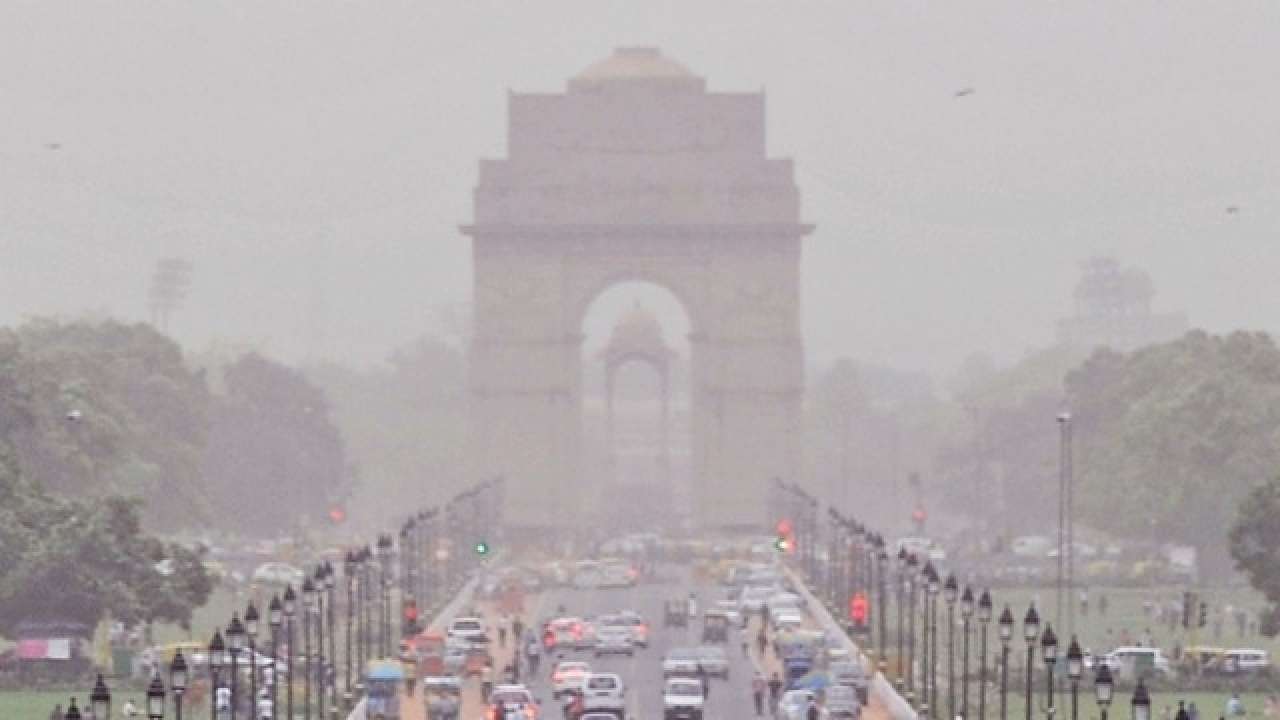
 India News17 hours ago
India News17 hours ago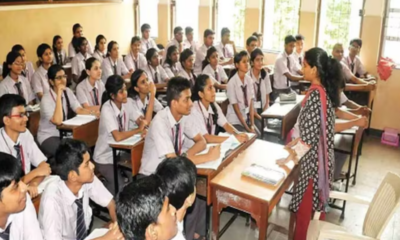
 India News17 hours ago
India News17 hours ago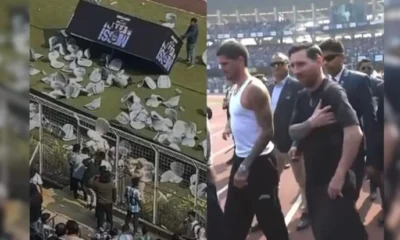
 India News12 hours ago
India News12 hours ago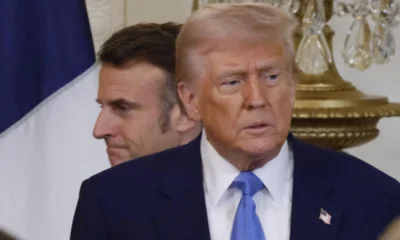
 Latest world news17 hours ago
Latest world news17 hours ago
